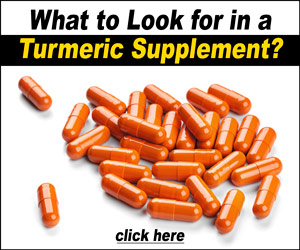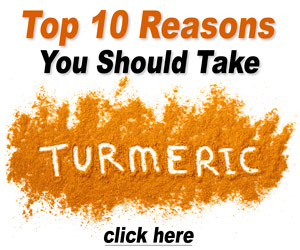How Is Echinacea Used?

The roots and above-ground (aerial) parts of three species of echinacea (E. purpurea, E. pallida, and E. angustifolia) are used for herbal medicinal purposes. Echinacea is also used in cosmetics and personal care products.(9, 46)
Echinacea Found Effective by German Government
The German Commission E, Germany's scientific advisory board for herbal remedies, has only issued positive monographs on the aerial parts of E. purpurea and the root of E. pallida (as of 2016). This is because parts of other echinacea species do not have enough studies or evidence of effectiveness to grant them this status.(9, 46)
Different parts of one or more echinacea species may be used in combination with other ingredients. This may explain the variable results in effectiveness experienced when echinacea is used or clinically tested.(9, 46)
Echinacea can be found in a number of different forms:
- Dried whole parts for teas or dried and ground for supplements.(46)
- Extracts.(46)
- Fresh whole parts.(46)
- Juice.(46)
- Preparations using extracts but for external use only (i.e., for skin conditions like eczema, wounds, or cosmetics and personal care products).(46)
- Tinctures.(9)
Purity Concerns
At least one report from an independent testing company found serious problems with the purity, potency, and actual ingredients contained in echinacea products. Consumers are advised to only purchase herbal products, including echinacea, from reputable sources.(9, 55)
One indication that a company is following standardized good manufacturing practices and ensuring quality control of the natural herbal formulations they manufacture is a notice on the label certifying Current Good Manufacturing Practice. The standards that must be met for this status have been set by the FDA in an effort to ensure safe natural products and accurate labeling.(9, 55)
Or you can try growing and harvesting echinacea on your own!


